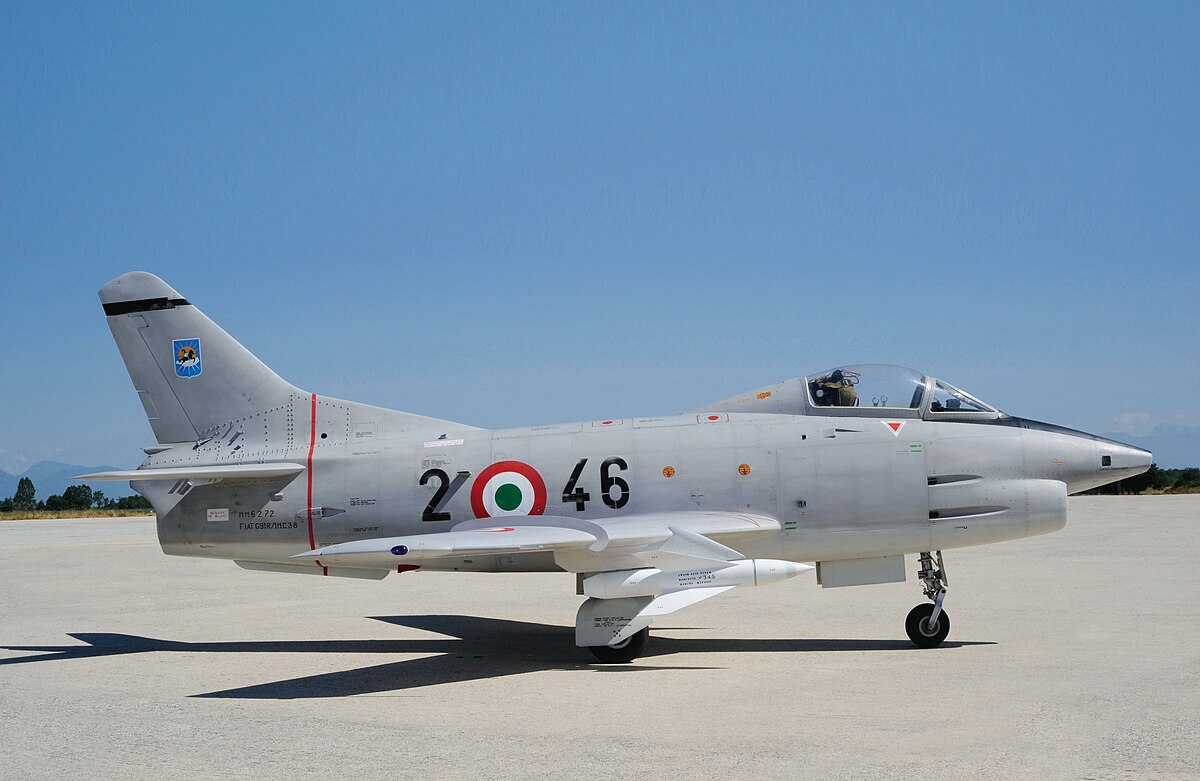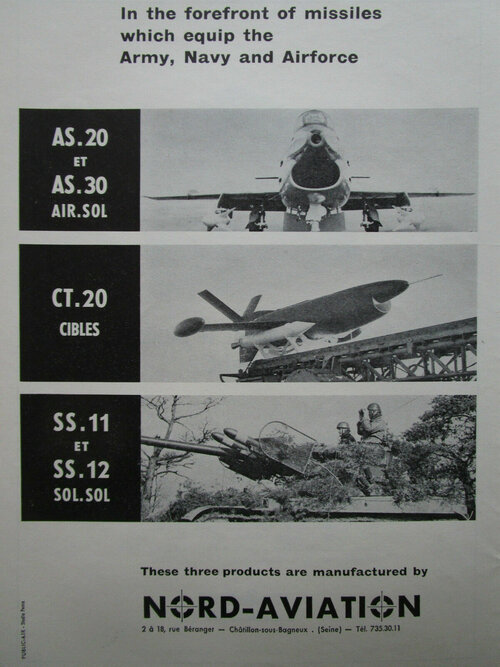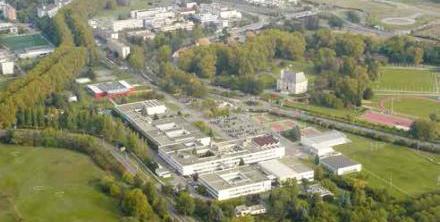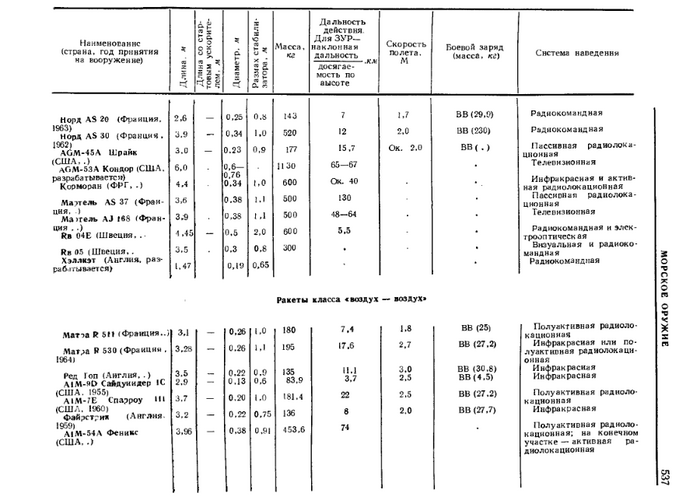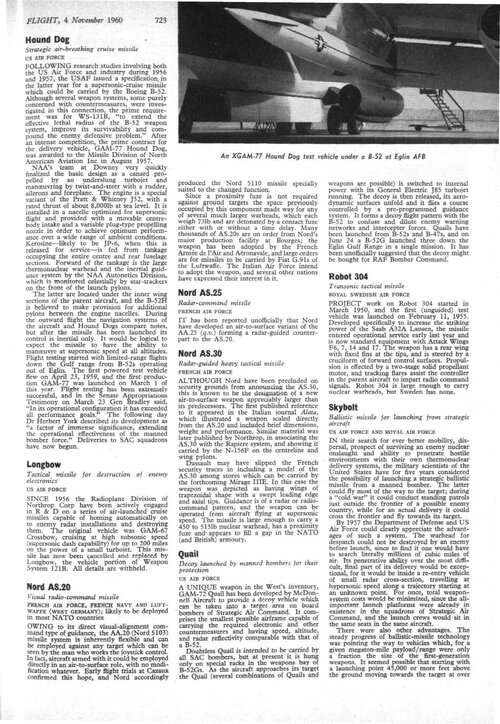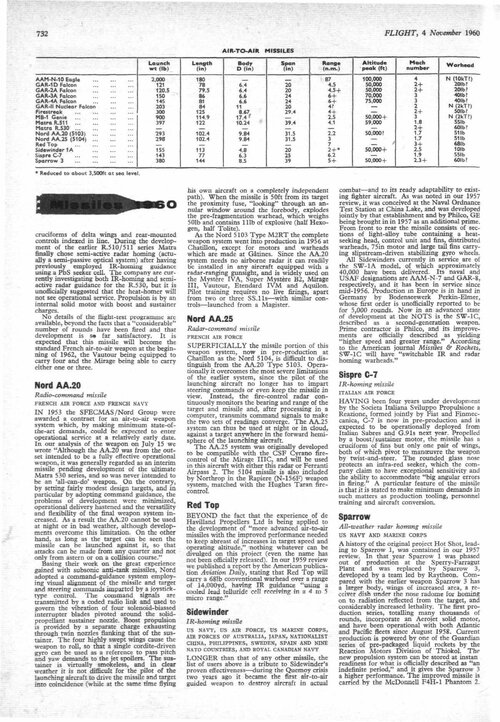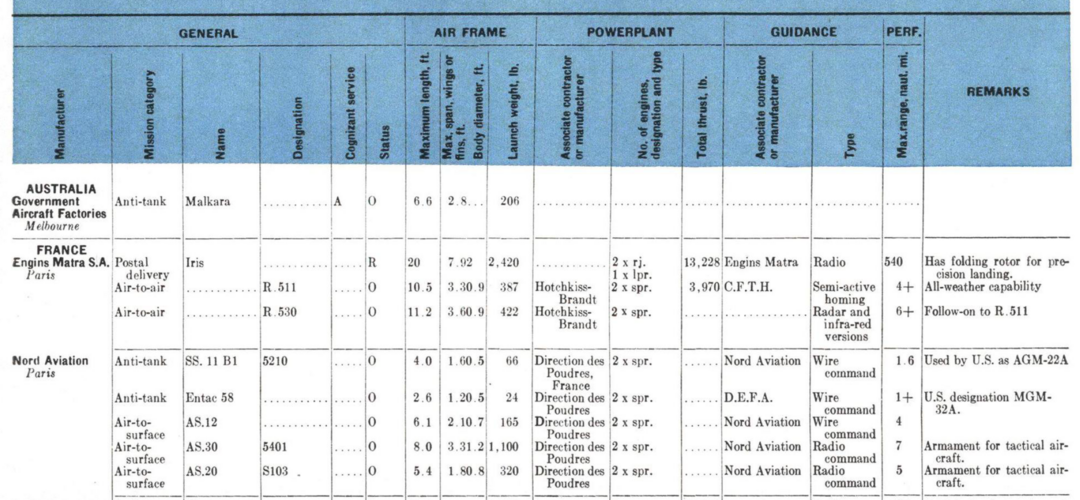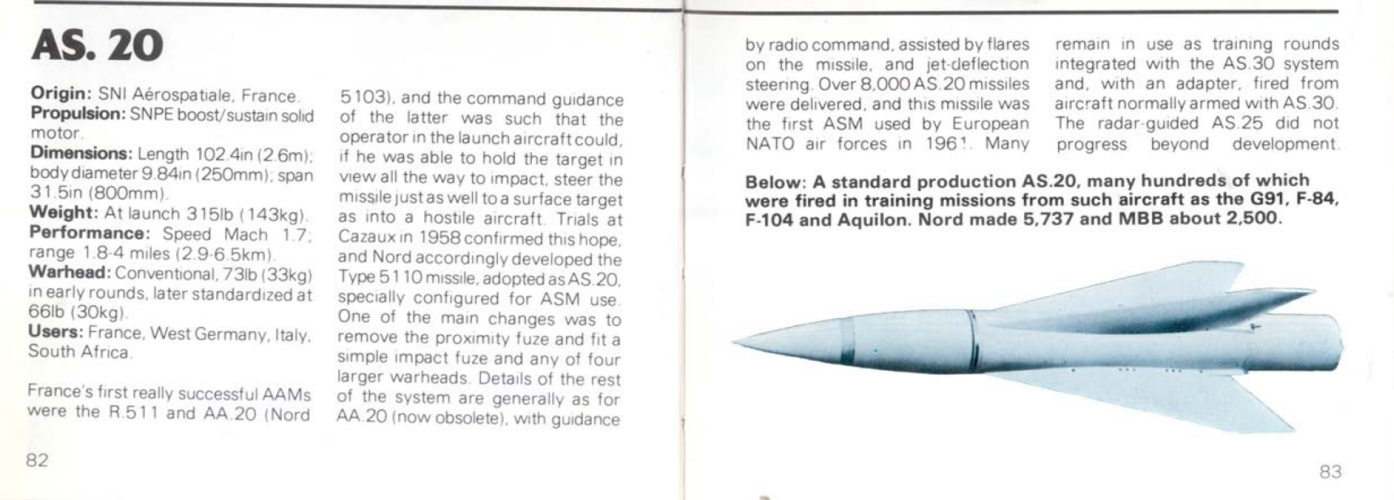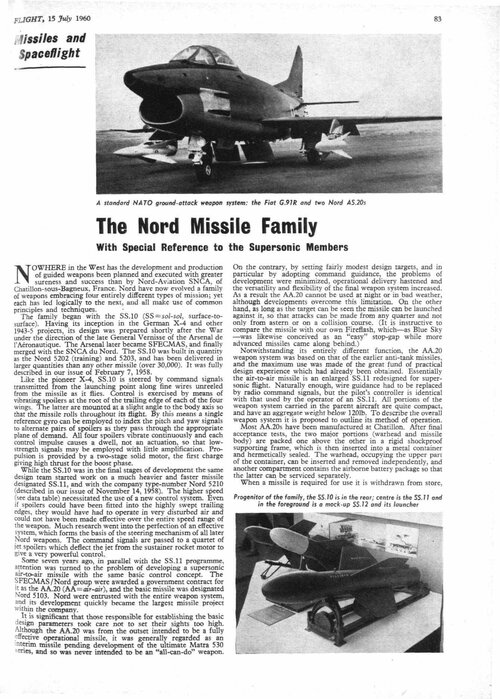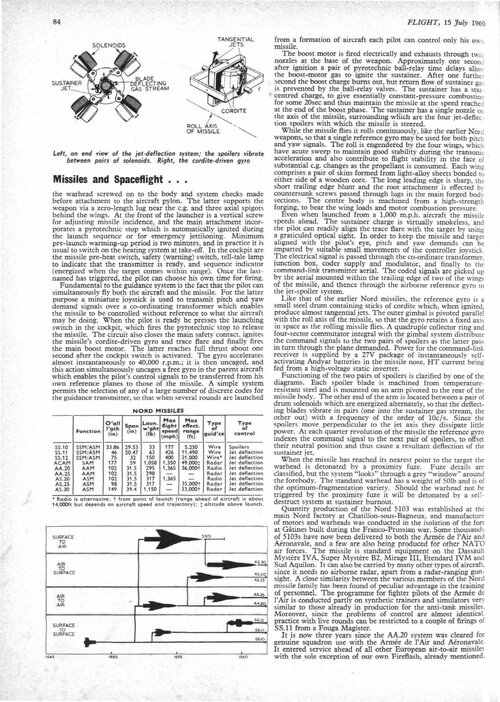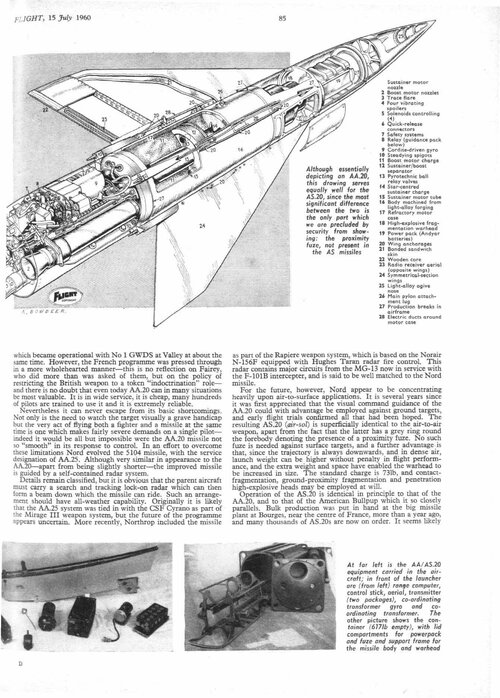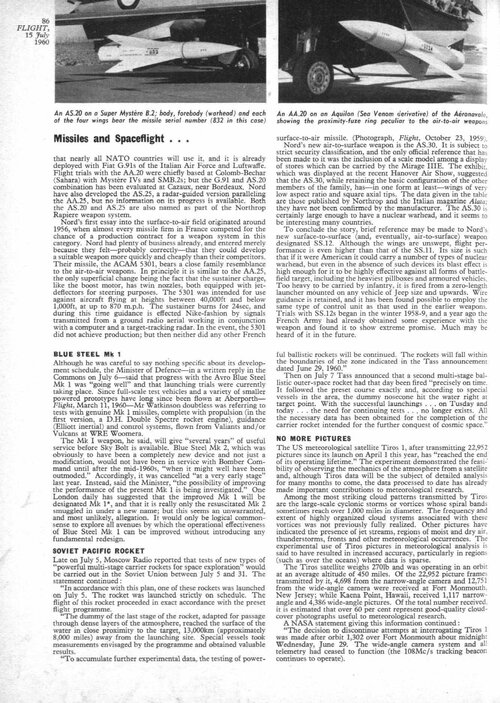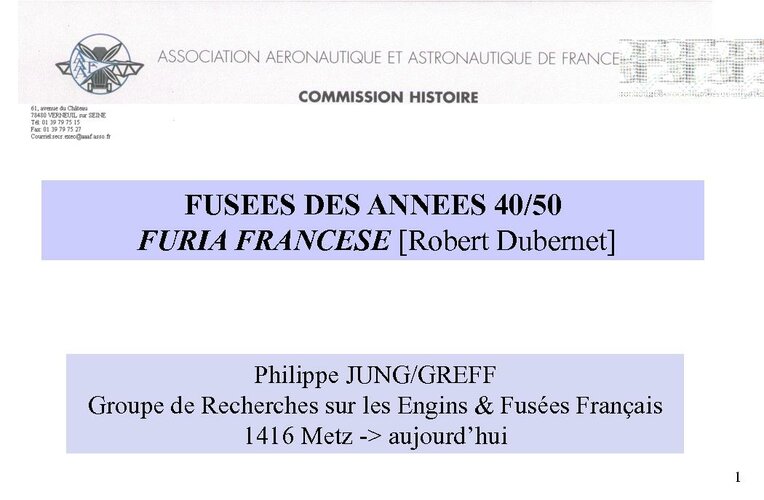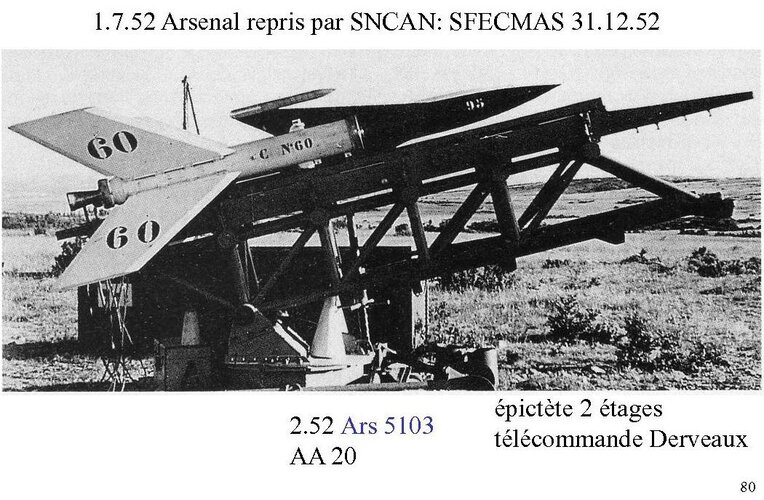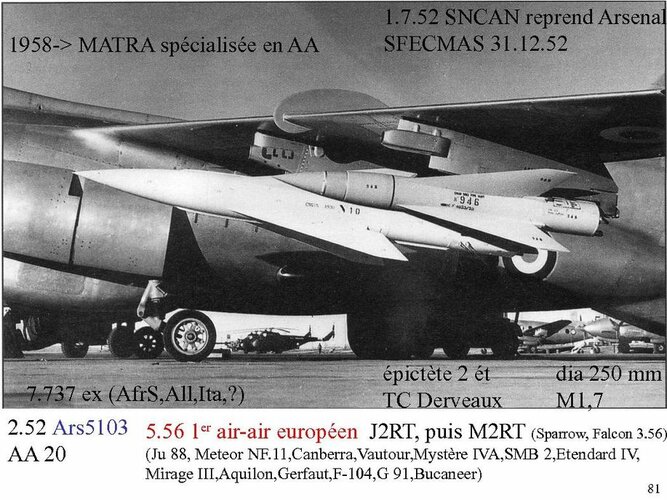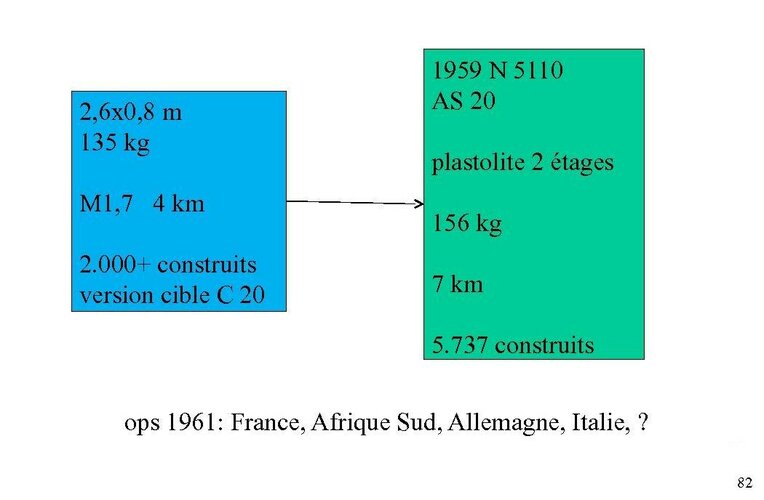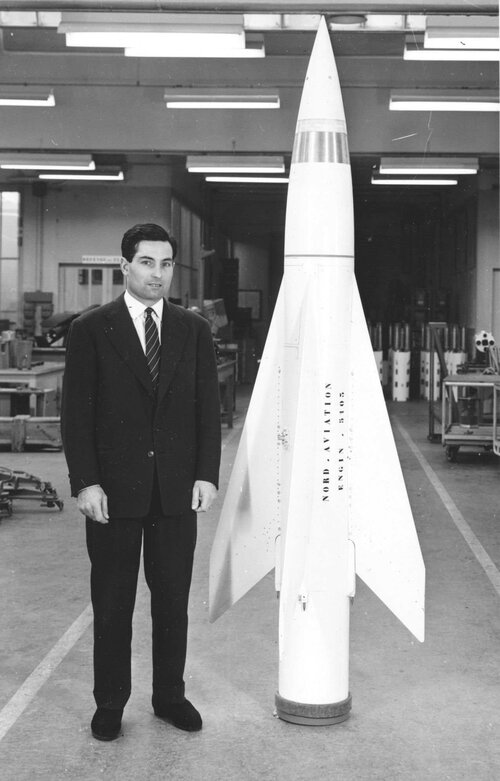Hello, thanks for accepting my application here.
I need an informations about AS-20 nord 5110 missiles and AA-20 5103 as a base for AS-20s.
I know there are informations about them in flight international. Magazine v.80 1961 no 2737 (November 1961). Can somebody send me a pdf or something of this magazine?
Generally i need technical data of this missiles like speed, weight, warhead, explosive type etc.
Thanks for Your help.
I need an informations about AS-20 nord 5110 missiles and AA-20 5103 as a base for AS-20s.
I know there are informations about them in flight international. Magazine v.80 1961 no 2737 (November 1961). Can somebody send me a pdf or something of this magazine?
Generally i need technical data of this missiles like speed, weight, warhead, explosive type etc.
Thanks for Your help.
Last edited:

